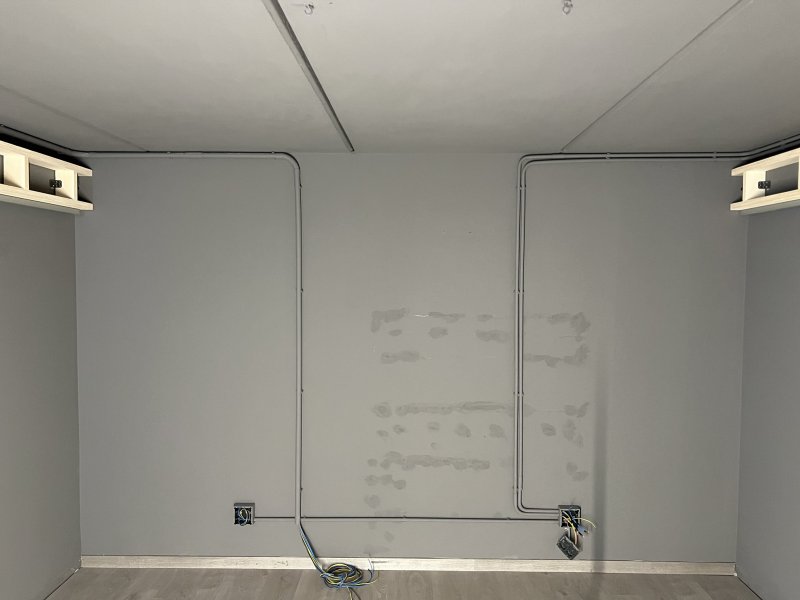I would like to adress all the things you mentioned but IOT keep it short I will only point cable type. Don’t bother with multi stranded wire. It’s is the wrong choice and never sounds as it should independent from cable quality. However solid core is better in all areas regarding SQ as long run in wall cables.We would only use a 32 amp rated cable for a directly wired high-powered device. We usually have a 16 amp circuit breaker on 2.5 mm mains cable. The 13 amp rating of plugs and sockets and the use of 13 amp fuses in UK plugs is to prevent the sockets and cables plugged into the socket from overheating. There are plenty of choices for 2.5 mm multifilament mains cables that would provide the flexibility @luca.pelliccioli requires. 32 amp wire tends to be solid core (I’ve never seen anything else), provide no electrical benefit and would likely be impossible to install because the conductors are too thick (6 mm) for the wall receptacle.
Here in the UK, a standard slow blow 13 amp fuse will run at 1.6 to 1.9 of the rated current for 30 minutes before blowing. That’s about 24 amps. The circuit breakers have a higher rating (16 amp for 13 amp conductors and 40 amp for 32 amp conductors) but trip much faster. If you have any wiring issues, it’s always going to be the circuit breaker to trip and not the fuse to blow.
So @luca.pelliccioli is far better doing what he is planning on doing and running several cables that will provide him with the flexibility and current that he requires, and I’m sure his electrician and his conditioners will deal with any grounding issues. I use the PM156 that he’s been using for a few years until getting the Gryphon. In the EU and UK get a fully compliant installation and you shouldn’t have any problems. The situation is different from the USA, we have strict codes and domestic wiring systems have to be certified by registered test electricians.
I think in Italy they have 16 amp and 10 amp receptacles and they look like they will only take a 2.5 mm cable. So it looks much the same as the UK. 2.5 mm is 14 AWG. 6 mm is 10 AWG. I presume in America you use thicker cable because you’re running low voltage and higher current. Here in the UK we use 1.5 mm cable for lighting (16 AWG) because lighting uses far less power and it’s far more practical.
Last edited:
















